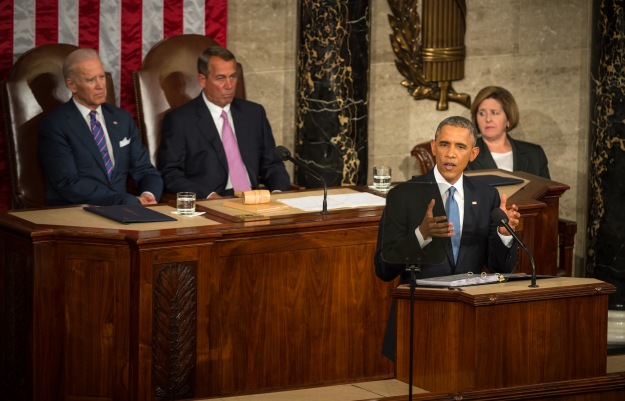
The Washington Post, on an upward trajectory for most of the time since Jeff Bezos bought the paper in 2013, has stalled out. At least that’s the gist of a story in The Wall Street Journal by Benjamin Mullin and Alexandra Bruell, who report that the Post is struggling to find its footing now that Donald Trump has left the White House (if not the scene) and interest in political news is on the decline. They write:
The Post, like most major publications, experienced an audience surge during the Trump years, when readers flocked to stories about the controversial Republican administration. Now, the Post is facing a slump that has triggered some soul-searching at the paper, including over the need to invest more in coverage areas outside of politics, according to people familiar with the news outlet’s operations and internal documents viewed by The Wall Street Journal.
The fate of the Post is of particular interest to me since much of my 2018 book, “The Return of the Moguls,” is devoted to the Post under Bezos. When I was reporting for the book, the Post was going great guns, beating the Times on significant stories — especially Trump’s 2016 campaign — and growing so quickly that it seemed possible that it might even shoot past its New York rival.
Since around the middle of the Trump presidency, though, I’ve had a sense — not confirmed by data, so don’t take this too seriously — that the Post had plateaued. To put it in simple terms, the Post and the Times competed fiercely for several years after Bezos’ arrival, and the Times won.
You can see it in their paid digital subscriptions. The Times now has about 7.6 million, including about 5.6 million subscribers to its core digital news product (the rest subscribe only to a special service like the Times’ cooking app, the crossword puzzle or whatever). And the Times’ numbers keep growing. The Post, by contrast, is at 2.7 million digital-only subscribers, according to the Journal, down from about 3 million at the beginning of the year.
Now, it would be easy to make too much of this difference. Just about every publisher in the country would love to have The Washington Post’s problems. It’s still one of the largest news operations in the U.S., with a deep, talented newsroom. But the numbers do raise some questions about what the Post’s leaders see as their mission.
We have three great national newspapers — the Times, the Post and the Journal. The Times is our biggest and most capable general-interest newspaper. The Journal has a business focus and a right-wing opinion page, which offers an alternative (to be polite) to what you see in most newspaper opinion sections. The Journal, like the Post, has about 2.7 million paid digital subscribers. Unlike the Post, though, the Journal’s total is rising; in 2020, it was less than 2.3 million.
It seems to me that the Post finds itself in a difficult position — competing directly with the Times for exactly the same national audience and falling behind, and not able to differentiate itself from the Times the way the Journal has. The Post’s executive editor, Sally Buzbee, who succeeded Marty Baron earlier this year after serving as The Associated Press’ top editor, hasn’t really said how she’s going to address that. Indeed, in a recent appearance on Kara Swisher’s New York Times podcast, she showed a remarkable ability not to be pinned down on much of anything.
The Times is far from perfect, of course. Its political coverage, in particular, drives me crazy with its frequent embrace of false equivalence at a time when one of our two major political parties has devolved into an authoritarian, antidemocratic force. The Post is better at avoiding that trap. Its technology is superior to the Times’, too. Overall, though, the Times offers a better, more comprehensive report, especially in areas like international news, business and culture.
It’s good for democracy to have two large, general-interest national papers battling it out. The Post isn’t going away. But you have to wonder what the future of the Times-Post rivalry is going to look like. Back in the 1970s, when the rivalry was especially pitched, the Times’ and Post’s readership bases were pretty much restricted to their geographic areas. Now they are both available nationally and internationally, making it easy to choose one over the other.
In effect, the Times and the Post are now competing in a winner-take-all economy. I hope there continues to be room for both.



